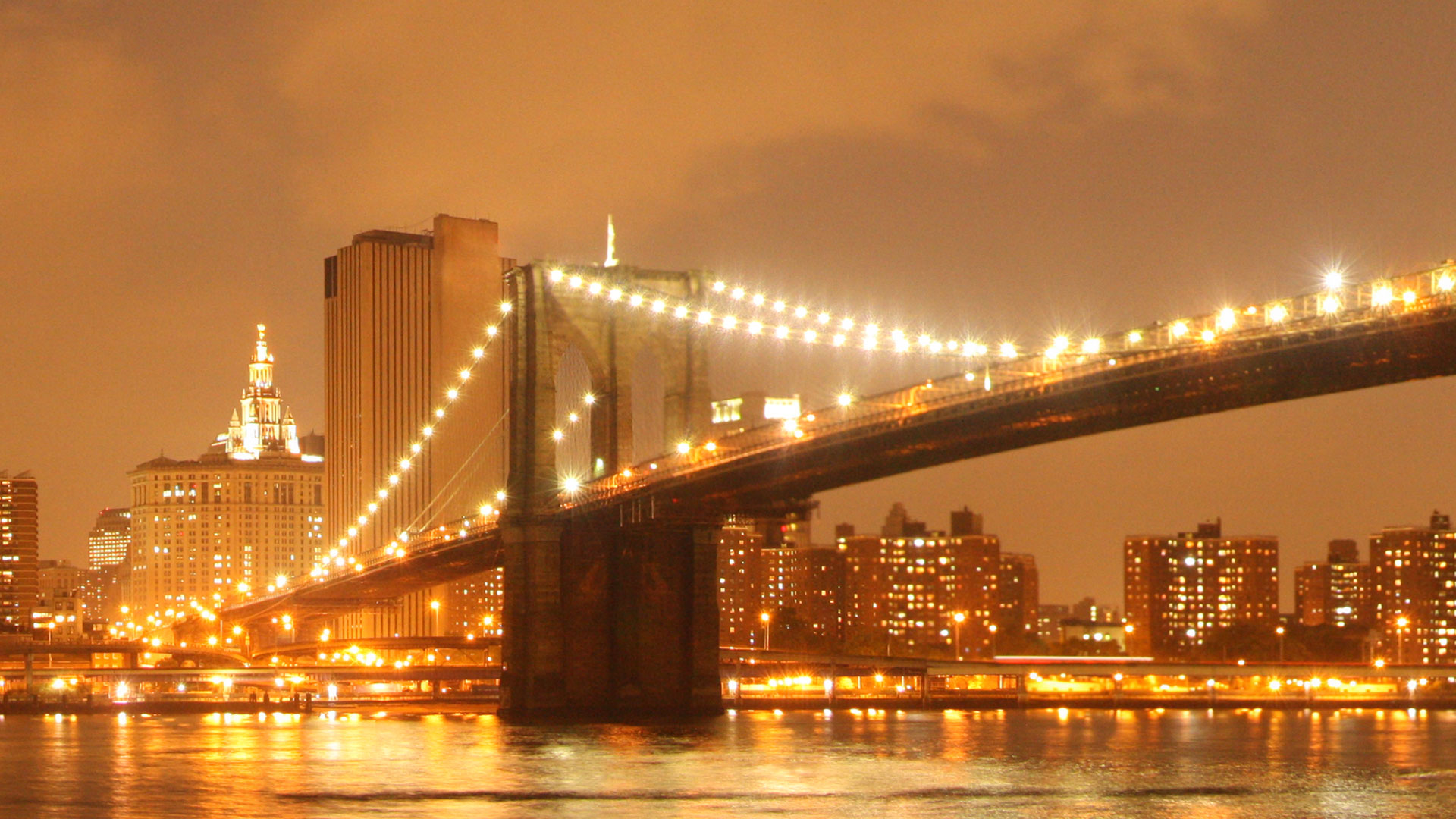Today on our way to Jaipur, we stopped on the way to see Fatehpur Sikri, a city that as built by the Mughal Emperor, Akbar to be his capital for ten years during the 16th century. We started off by visiting the palace. To bring the people together, Akbar, who was Muslim, had three wives who were Muslim, Hindu and Christian, and each had a bedroom and place of worship built in the palace. The Hindu queen was the only one to have a son, so her area was far larger than the others. In the room of the Muslim wife, there were originally mirrors in each recessed space of the wall and precious stones around them.
| diwan-i-Am, hall of audience |
| diwan-e-kas, another hall of audience |
| Entrance to diwan-e-kas |
| Inside of diwan-e-kas |
| diwan-e-kas center column with Muslim, Hindu and Christian motifs |
| Akbar’s Palace |
| Muslim queen’s house (Turkish Sultana): mirrors and precious gems were once here |
| Christian queen’s house: Christian chapel |
| Hindu queen’s house: The only one to have a boy, so much larger |
| Badshahi Darwaza Gate and Jama Masjid Mosque |
| Tomb of Cheik Salim Christi (marble) |
| Hajar in Jama Masjid Mosque |
| Women alongside the road |
| Brick factory |
| Bricks in the sun |
| Temple |
| Decorated truck with black tassels |
| Men riding down the road |
| Decorated for a wedding |
| Mustard plants |
| Monkey, stacked cow manure, and painted curb |
| Harvesting honey |
| Gajraj and our vehicle |
| Painted roadside and a town |
| Bricks protecting a tree |
| A town along the way |
| Another sight along the way |
When we arrived in Jaipur, the pink city, we got settled in the hotel where we have a view of Jal Mahal (water palace). That evening we went down to the water to take a few pictures of the palace, and then Gajraj drove us to have dinner at a place Hajar had found called Ganesh Restaurant. When we pulled up to the restaurant, I was very worried. The entrance was a dark stairway in between a multitude of tourist trap-type shops. At the top of the stairway there were maybe four men sitting and talking. We asked if they were open and then headed upstairs to be seated. We got there a little early and were the only ones at the rooftop restaurant.. at least only ones there to eat. At one point I counted and there were 13 men there talking… and us. Yeesh! Hajar told me I was worried about the surroundings, she was worried about the food. We ordered the Ganesh special (bell peppers, onions, chickpeas, paneer, cabbage) and garlic naan, and thankfully both were wonderful. After dinner, Gajraj picked us up and we headed back to the hotel for the night.
| Jal Mahal |
| Out of focus… but the colors!! |
| More color |
| Elephant walking down the road |
| Market in Jaipur |
| First glimpse of the pink city |
| Our dinner |
| Hajar’s face… my thoughts exactly |
| Ganesh Special and Garlic Naan.. mmmmm |
